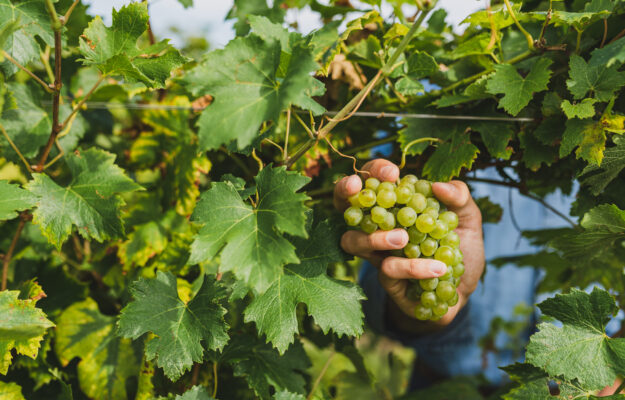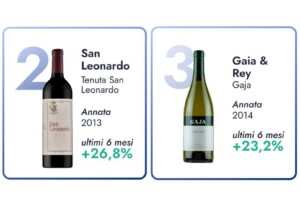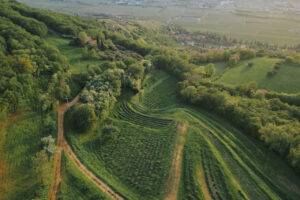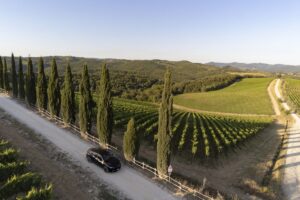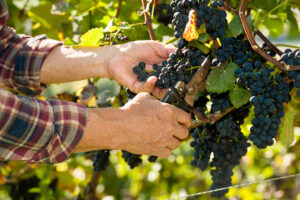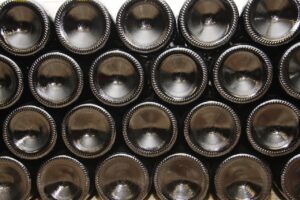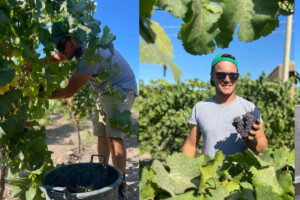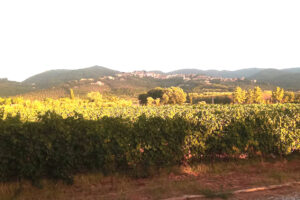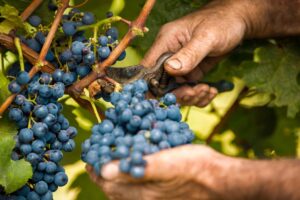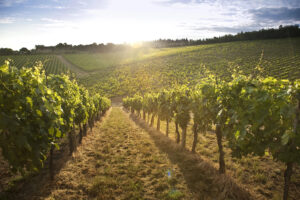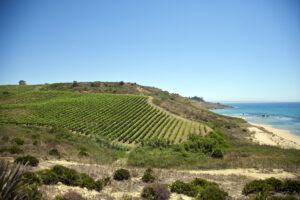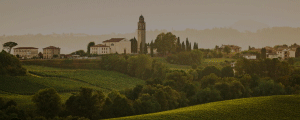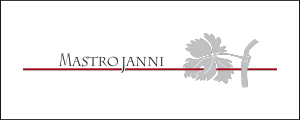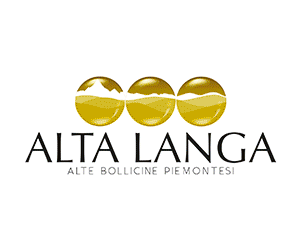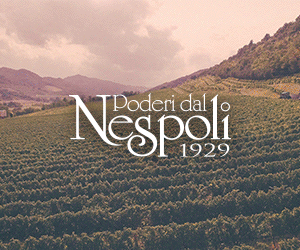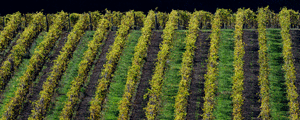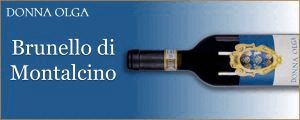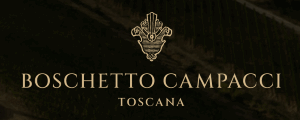The 2023 harvest, for Italy in quantity, has gone even worse than expected (or rather, paradoxically, since the market is anything but growing). With the Assoenologi, Ismea and Unione Italiana Vini (Uiv) Observatory further revising downward the estimates from the beginning of September (pending the official data that will arrive from the Ministry of Agriculture in the coming weeks). And so, “it stops within a range between 38 and 40 million hectoliters, the Italian wine production 2023, with a contraction between -20% and -24%, net of any products upstream of the wine (such as musts, new wines in fermentation ...) purchased from other EU countries, instead of the -12% estimated in September”.
As if more than one in five bottles suddenly disappeared. Confirming, as we have written several times, hearing the direct voice of so many entrepreneurs who live the vineyard every day, and as anticipated to some extent even by the supply chain organizations themselves, in the process, that the estimates at the time (it was September 12) were definitely optimistic.
In any case, Assoenologi, Ismea, and Uiv explain today, “the drop in production, which involves practically the entire Italy, has been determined in particular by the reduction in the harvest in the main production regions of the North, Veneto (-10%) and Piedmont (-17%), but it also sees significantly worse estimates for the wine bigwigs in the other Italian macro-areas: Tuscany (-30%), Apulia (-30%), Abruzzo (-60%), and Sicily (-45%). In particular, it shows an overall average reduction around -9.5% in the North, -29.5% in the Center, and -38.2% in the South”.
According to the Assoenologi, Ismea and Uiv Observatory, the further decrease can be attributed, first and foremost, to a September summer, which lasted throughout the month, with sunshine and maximum temperatures often over 30 degrees. Heat and lack of rainfall, on the one hand, certainly positively affected the quality of the grapes, and, on the other hand, resulted in a lightening of the fruit, with a consequent reduction in the volume of the harvest.
Copyright © 2000/2024
Contatti: info@winenews.it
Seguici anche su Twitter: @WineNewsIt
Seguici anche su Facebook: @winenewsit
Questo articolo è tratto dall'archivio di WineNews - Tutti i diritti riservati - Copyright © 2000/2024










